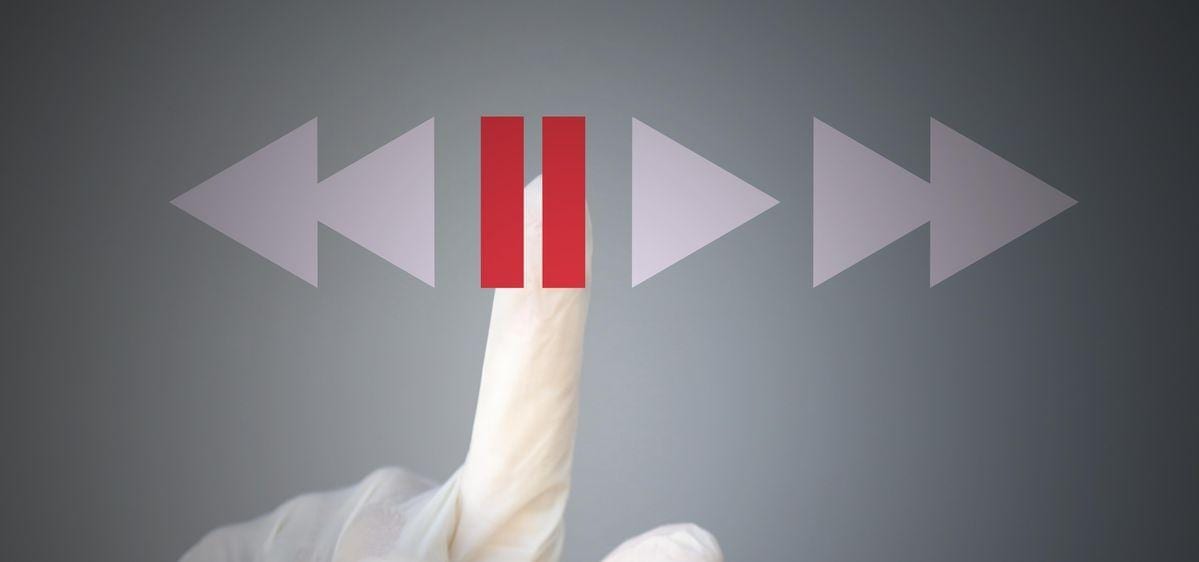When P&G turned off $200 million of their digital ad spending, they saw NO CHANGE in business outcomes [1]. When Chase reduced their programmatic reach from 400,000 sites showing its ads to 5,000 sites (a 99% decrease), they saw NO CHANGE in business outcomes [2]. When Uber turned off $120 million of their digital ad spending meant to drive more app installs, they saw NO CHANGE in the rate of app installs [3]. When big brands stopped spending on digital ads, nothing happened. Even further back, eBay turned off their paid search ad spending, and saw NO CHANGE in sales coming from those sources [4].
Why? Does that mean that digital advertising doesn’t work? Or does it mean something else?
In another example, a small business owner turned on a Google Adwords campaign and immediately saw a dramatic increase in traffic coming to her site. Any marketer would be ecstatic at how “well” and immediate the digital ads worked, right? Well, she was not. Looking at Google Analytics on her own site, she saw a 118,600% increase in Android devices coming to her site, and not much else. And those Android visitors were mostly “bouncing” — leaving after a few seconds. When she un-checked the checkboxes that allowed ads to run on “search partners” and “display network,” she saw this anomalous Android traffic mostly vanish. Did this harm her ecommerce sales? No.
What the heck is going on? Big brands turned off millions of dollars of digital ad spending, and saw no change in business outcomes. Small businesses tuned their digital marketing and reduced the number of ad impressions, clicks, and traffic to their sites, but saw business activity go up, instead of down.
Digital marketing works; but the vast majority of impressions and clicks are from bot activity currently…



